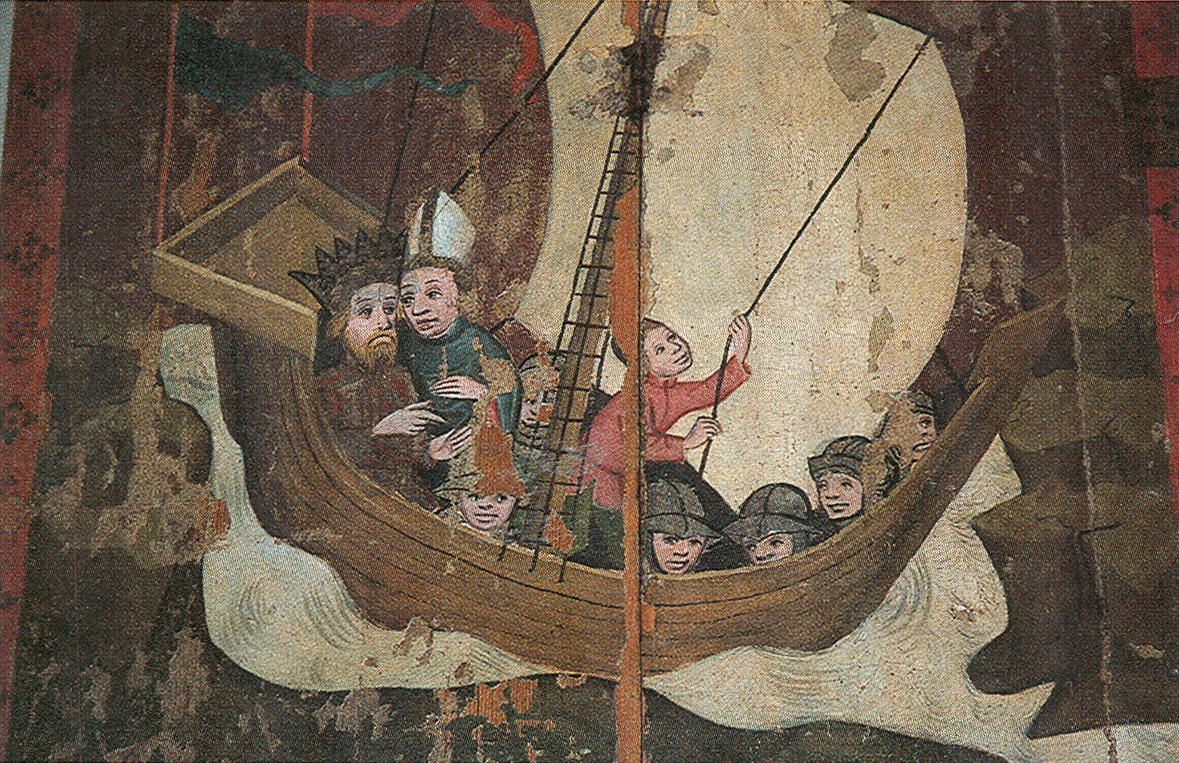October 2024
NON PARUM ANIMUS NOSTER
Written by: D. P. Curtin
This papal bull, issued by Pope Alexander III, is a fairly obscure medieval document, even within the vast library of Vatican documents. In truth, it is scarce even within ecclesiastical libraries, only coming down to us by chance through the archival work of Peter of Celle, bishop of Chartres. Here Alexander makes the political threat of the Estonian tribes explicit, but grants no insight into what the catalyst for his letter might be. The existence of early military ventures by the Nordic power is well attested to. Some twenty-five years earlier the Wendish Crusade commenced, under the guidance of the kings of Germany.
However, this work in its very address is directed at a multitude of Christian princes, and appears to be presenting something novel to the region. This novelty deepens the historic mystery of the alleged ‘First Swedish Crusade’ conducted in 1154 under King Erik IX, as Pope Alexander makes no reference to prior attempts at subduing the pagan tribes of the Baltic. It stands to reason that such an event would merit at least a passing reference. Perhaps this is assuming too much, as the address of the letter is not exclusive to the Swedish king but incorporates his peers in Denmark and Norway as well. What is totally lost to history is the response of the various Nordic courts to this appeal. Prior attempts to subdue the military incursions of the Estonians are known, but under the Grand Prince of Kiev, Yaroslav the Wise, a few decades before. The recent destruction of his fortifications along the border might have been the catalyst for this papal document, but this is purely speculative. It is known that there were ongoing raids by Estonian pirates against various Swedish settlements, spanning back at least a century prior.
Moreover, the cause for the crusade had to be more than purely theologically driven. Medieval Nordic accounts do note a Tharapita (perhaps a variant of Thor), chief deity of the Estonians, but his cult appears to be in significant decline by the 12th century. The economic threat to the standardization of international trade in northern Europe appears to be the more substantial factor in addressing the Estonian threat. However, regarding the political response of the various northern kings, we might presume that the inactivity of the Nordic powers against the Estonians speaks to their general indifference to the papal decree, or to the lack of political expediency that such a military campaign would require. We do know that the threat would be taken very seriously thirty years later in 1208, when Germans were compelled to make serious attempts at subduing the Estonian tribes, and thereafter would be taken as grounds for territorial expansion by the Swedes and Danes.
However, the greater context for this work is altogether lost and remains a mystery to those attempting to shed light on the earliest encounters between Nordic powers and the Finno-Ugric world. Like many documents regarding the medieval world, some text might appear in the future, through the efforts of archivists at the Vatican Library or the various royally endowed libraries in Scandinavia. However, for the present moment, “in your fair minds, let this acceptance take.”

